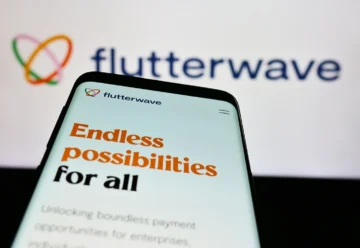Crypto Accounts for 0.2% of Global E-Commerce Transaction Value

Cryptocurrencies, including stablecoins, account for just 0.2% of the total value of global e-commerce transactions, as only about 30,000 merchants accept crypto payments worldwide.
According to a report by Quinlan & Associates and IDA Finance, the share of cryptocurrencies used as a means of payment in the global e-commerce market is just 0.2%. Non-dollar stablecoins can expand digital asset adoption in this context, as the U.S. dollar accounts for ~60% of all cross-border payments, and dollar-pegged stablecoins account for ~99% of the total volume of stablecoins.
The report’s authors note that stablecoins have the potential to combine the best aspects of traditional fiat currencies with the transformative potential of blockchain. Among the key strengths are programmability, stability, and versatility to support fast, accessible, and transparent transactions in the digital economy, especially in the context of cross-border payments.
“About a third of all cryptocurrency users, according to various studies conducted in different markets, view digital assets as a means of payment,” Max Krupyshev, CEO of CryptoProcessing.com, told on the Purpose Driven FinTech podcast. As of December 2023, the global number of crypto holders was estimated at 575 million with the prospect of growing to 1 billion by the end of 2024.
Among the main barriers to wider crypto adoption, the authors highlight the lack of regulatory oversight and legal clarity in most countries around the world. The report cites data that 81% of merchants don’t use cryptocurrencies as a payment method precisely because of regulatory uncertainty.
Another significant reason, according to the researchers, is the use of stablecoins issued by traditional financial institutions in a closed environment, which limits their use and adoption in the broader financial ecosystem. The stablecoin projects of MUFG, Sony Bank, and Hokkoku Financial Holdings are cited as examples.
However, the situation is changing little by little. Quantoz Payments recently announced the release of MiCA-compliant stablecoins EURQ and USDQ, pegged to dollars and euros, respectively.











